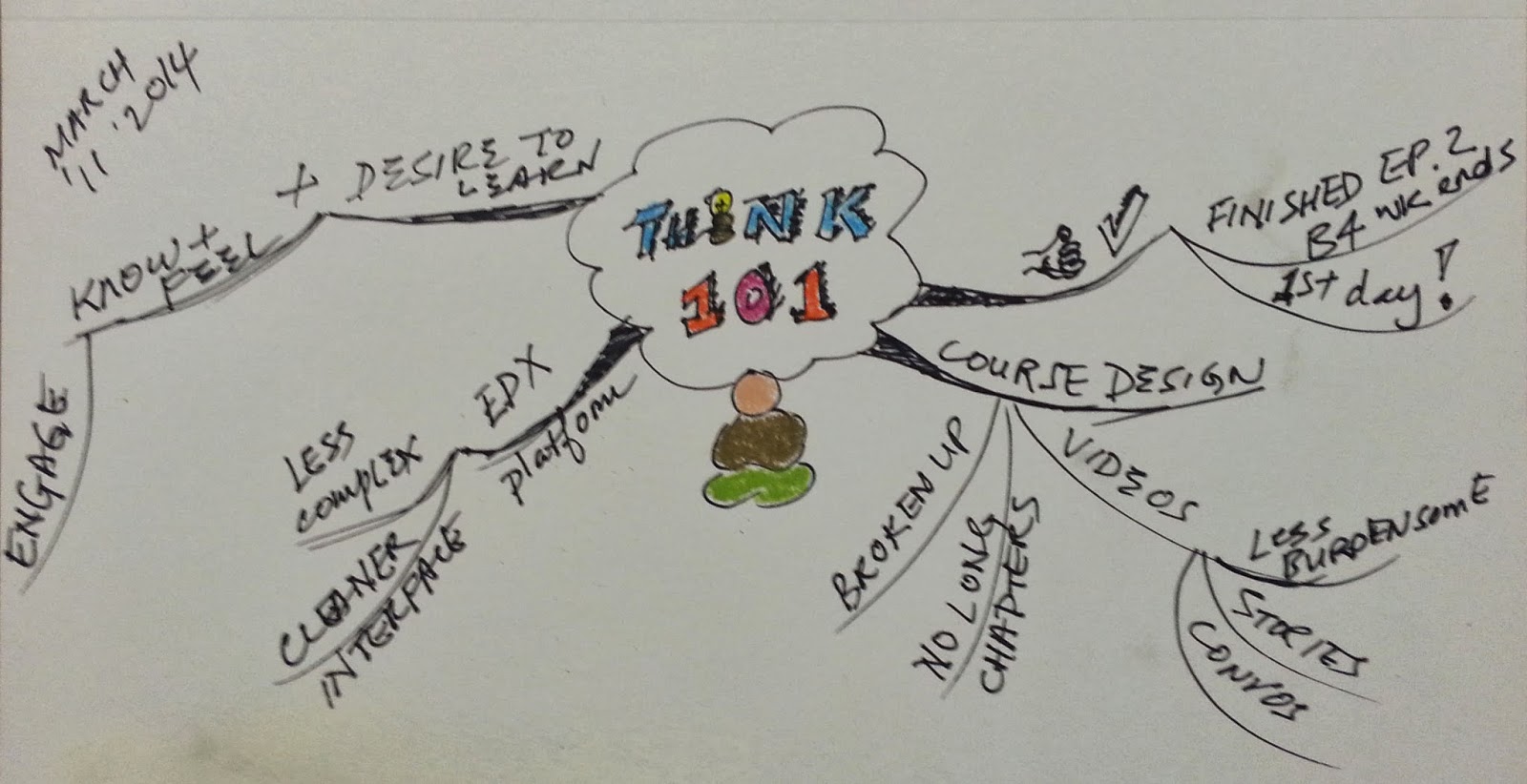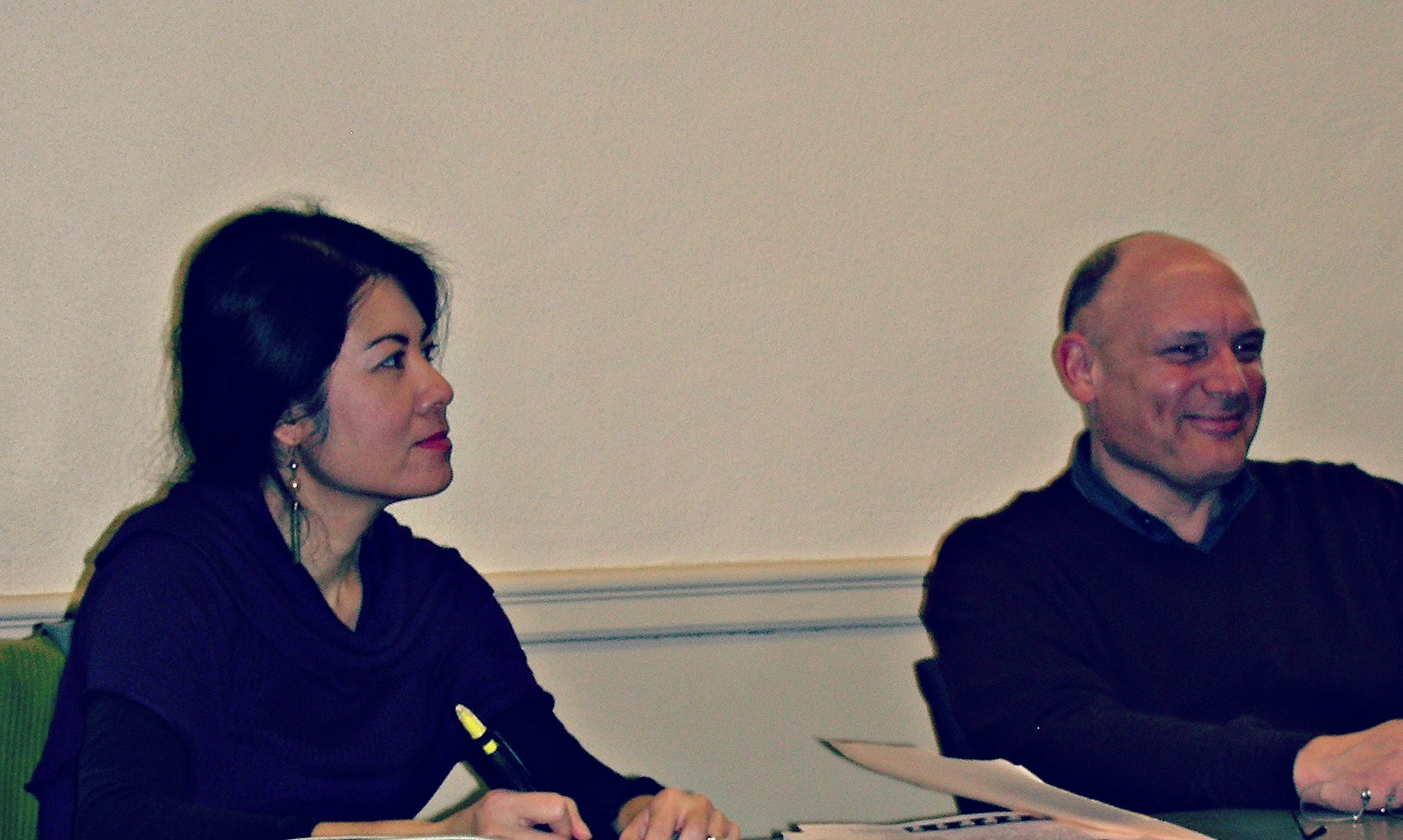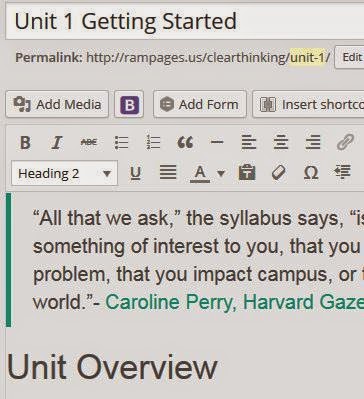Instructional Design Consulting: Teaching the How and Not Just What
Scene: Dental Clinic
Not one to enjoy dental trips, my anxiety grew as I waited to be worked on. The dental assistant had me x-rayed (again, to ensure the insurance company would pay for it) and inserted a tent-like contraption into my mouth. The dentist arrived, injected the gums near my ailing tooth with novocaine, and proceeded to drill and probe while her assistant poked different pieces of equipment into my mouth. Gosh, how could one’s mouth hold up to so much prodding and stretching? Overwhelmed, I raised my left hand to signal to them I had trouble swallowing and breathing at times with all the prodding in my mouth.
That’s when the dentist stopped and raised her voice:
“I do this everyday!”
I looked at her and tried to mumble:
“But I don’t do this everyday!”
Obviously, there was a lack of empathy, perhaps on both sides. But as the patient, I felt that I was not being heard and was thus traumatized. Meanwhile, she was trying to force me to do as she says except I was overwhelmed and unable to live up to her expectations. If she had explained her every step and what she was about to do, I would find the whole process more meaningful.
After this incident, I thought about our exchange and how it would transfer over to my professional context.
When it comes to instructional design consulting for online course development, I would never ever tell an instructor that “I do this everyday!” In my ID language, it would translate to something like this:
“I’m the expert, you need to listen to me and do as I say!”
That would get me fired!
In many fields and disciplines, we spend a large chunk of time covering content on the what, but little or no time on the how and the application of the what. When it comes to job-hunting and crucial conversations (Patterson, Grenny, McMillan, Switzler, 2012), many new and novice instructional designers don’t know how to clinch interviews because they have not learned essential skills on how — how to relate with clients, how to share and apply their expertise without putting down their clients or supervisors, how to “show their work” without coming across as bragging.
In short, we don’t have the skills to hold a dialogue. Of course, it takes time to develop these skills of communication and negotiation, maybe a whole professional lifetime to refine them. But they need to be explicitly taught and new ID students need to made aware of the need to develop these skills. Over the years, I’ve talked to quite a few new ID graduates and find that they are lacking in consulting and negotiation skills. Our ID programs should not say that these are left to the students themselves to develop. Many ID graduates don’t have the opportunity to apply these consulting skills before they are hurled into the real world of ID jobhunting. At this late stage, they may have to wait quite long to find a job if they have limited experience in consulting and communicating with clients.
Here are some final words from Patterson et al (2012):
Every time we find ourselves arguing, debating, running away, or otherwise acting in an ineffective way, it’s because we don’t know how to share meaning. Instead of engaging in healthy dialogue, we play silly and costly games.
So true.



